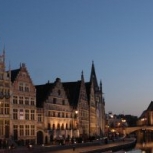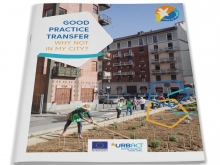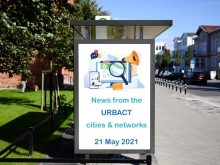
Ghent
Ghent is a historic medieval city in Belgium with about 250,000 inhabitants, and 159 different nationalities. The second largest city of the Flemish Region, it was ranked third out of 109 in a list of the world’s most authentic historic destinations by National Geographic Traveler Magazine in 2008. The city boasts a number of UNESCO World Heritages Sites and an array of museums and art galleries, whose works range from Hieronymus Bosch and Peter Paul Rubens to Andy Warhol and Joseph Beuys. With its car-free centre and 400km of cycle paths, the city is aiming to combine tourism with sustainability. A key cultural event in the calendar is the 10-day Ghent Festival, which attracts some 2 million visitors a year.
Ghent has also a well-established scientific reputation in the fields of biotechnology, bio-energy and IT, which have together helped it to become the driving force behind the ‘Flanders Biotech Valley’. Meanwhile, the Ghent Bio-Energy Valley in the port of Ghent underlines the city’s ambition of becoming an internationally recognised centre for renewable energy and industrial bio-energy projects. The initiative brings together local government, universities and private sector companies looking to innovate in the field of biofuels and biomaterials.
A major economic hub for Belgium and Europe in the last century, Ghent’s port is the third largest in Belgium and still has a workforce of over 70,000 people, handling around 48 million tons of freight annually. A 32km canal links the port with the Dutch coastal city of Terneuzen and the North Sea.
SOME RELATED NETWORKS
Stay Tuned
REFILL
Article
Small Scale Actions: an URBACT innovation helping cities experiment local solutions
Article
Nine ways cities can become more just and inclusive
News
How to transfer urban good practice? Check URBACT's latest publication
News
News from our cities and networks – 21 May 2021
News







